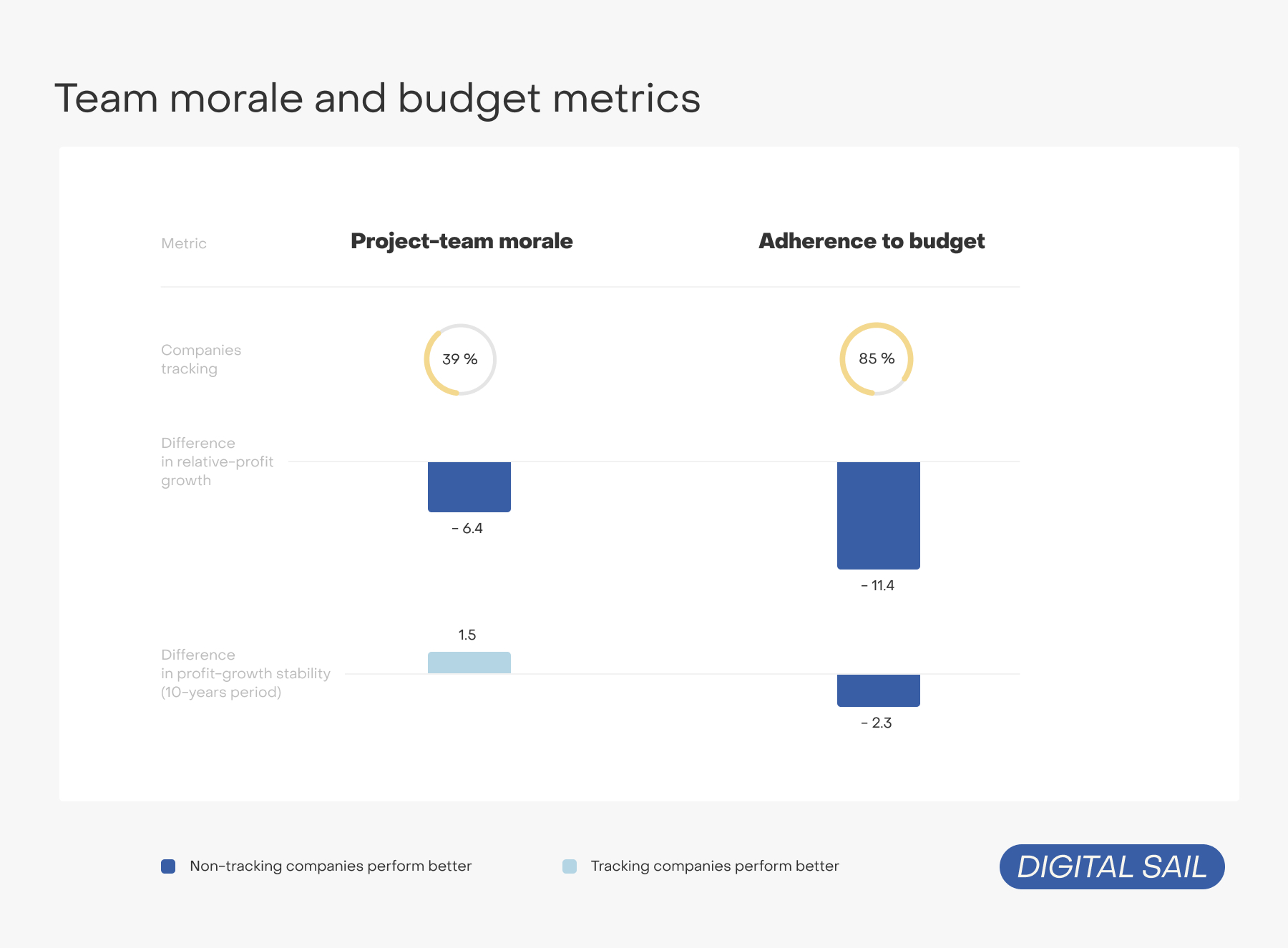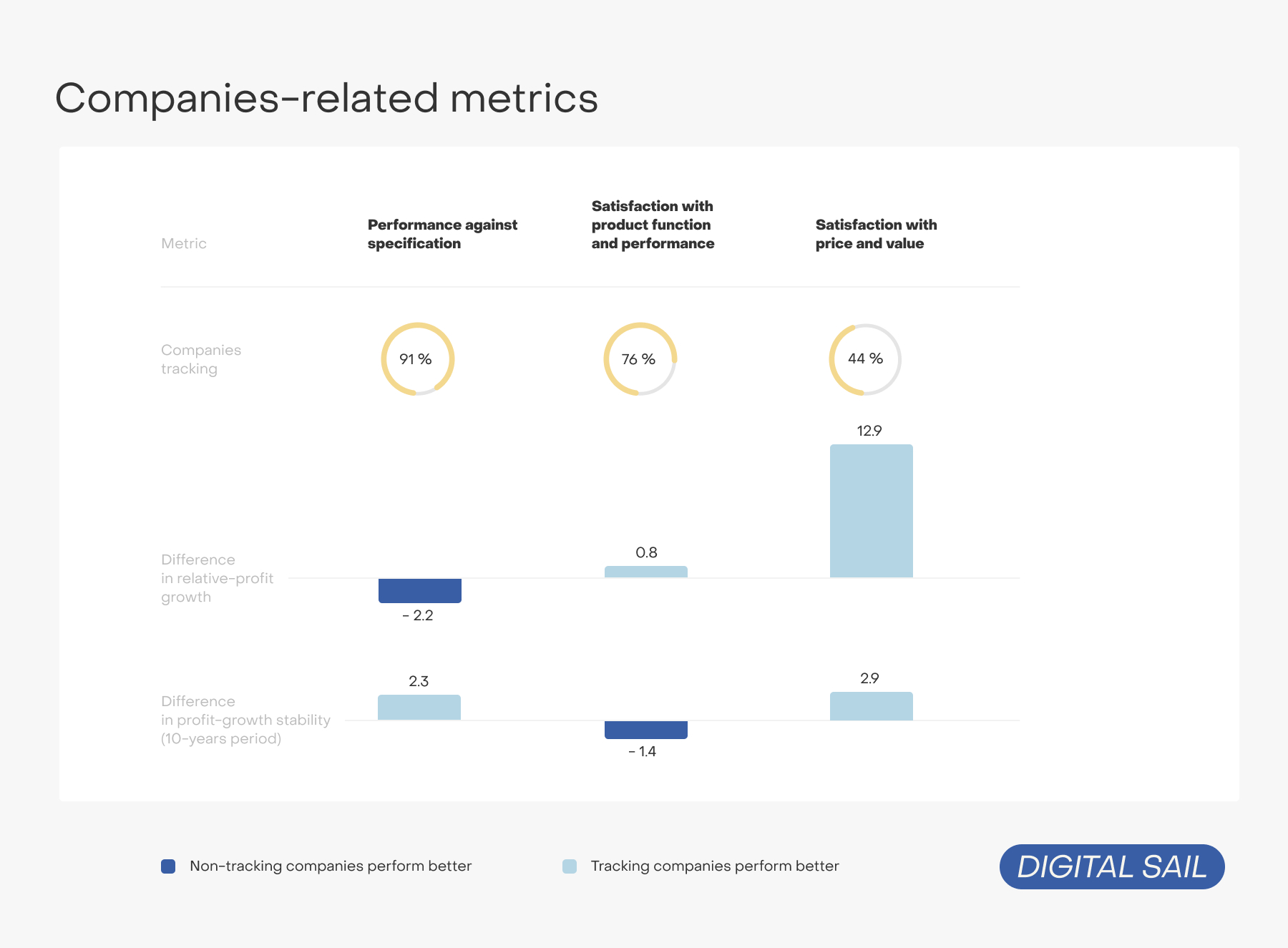Digital Sail's Guide to Successful IT Product Development

These days it is difficult to do without information technology products, they are used by two-thirds of the global population.
IT products can be either an independent business idea or become an important part of businesses that were previously only offline or had a small online presence. Using the example of our clients, we see an increasing share of online business in the company’s total profit.
Market leadership requires development in the online sector, for example in medicine, education and retail, online share growth is observed and predicted after 2023.
IT product development is the path from an idea to the launch of a working product on the market. Stages of this path have their own nuances and requirements.
We recommend when developing IT products use the accumulated experience of market participants who have long been dealing with the systematic launch of IT products.
Let's look at the general stages of developing a new product.
- Generation of ideas and hypotheses - the company researches the market, studies trends and competitors. Powerpoint sales can be done at this stage to get potential customers interested in the product or even sell it before the start of development.
- Screening of ideas - analysis of the time and resources spent on implementing ideas, setting priorities.
- Development and testing of MVP - development of a minimum viable product, launch, checking user traction.
- Analysis of the results of the MVP launch, determination of further business, marketing, product, investment and development strategies.
In this article we are focusing on the early stages of startups and IT products in terms of development, since we know the specifics of these stages very precisely.
We will tell you about the main tasks and challenges that are specific to the product launch at the early stage, and how we usually solve them. We'll look at the key points that will help founders not only successfully launch a product, but also lay a foundation for future scaling.
Team Formation
At the stage of launching an IT product, the team plays a key role.
We at the Digital Sail team see that it is more effective for a founder to focus on the product and promotion and recruiting a product and marketing team.
To free up time for these tasks, it is frequent practice to outsource development as a big part of the IT product life.
According to the Deloitte research, attracting specialists is a strategic priority for 50% of executives. 62% of executives say they are ill-prepared to address the causes and impacts of poor employee retention. This issue is especially specific for the IT-development realm.
Also, there has been a growing trend towards outsourcing not only development functions, but also management tasks in recent years.
Increasing budgets for various types of outsourcing, including 57% for management, confirms this trend.
At Digital Sail, we have adhered to the Managed Services model since we began working with startups. In this model, an external provider manages and assumes responsibility for a set of services, offering a more proactive approach than what is typically seen with traditional outsourcing.
Another trend helps us meet high product requirements - more transparency. Working together requires a transparent and trusting relationship between the parties, not just compliance with agreements.
54% of those surveyed for the Deloitte research cited transparency as an important aspect for evaluating a service provider. Trustworthiness comes in second place with 41%.
In our projects, we achieve greater transparency by conducting the project only in the client’s workspace, inviting the client to all internal meetings, grooming and assessing tasks in joint connected teams, giving access to all our systems in which the team works. This way we build long-term cooperation with clients.
Team Morale
In the early stages of a product launch often the question arises of product survival.
This leads to high tension in the team, focus on over-results, quick launch of MVP and frequent disregard for team morale. But when there is no first feedback from clients yet, you need to believe very strongly in the product, work hard and be the engine of the product’s success.
Work proceeds more efficiently when connections are established between group members, and there is trust and respect between.
McKinsey research shows that only 39% of companies systematically measure project team morale.
But the impact of team morale on project success is underestimated. The same research shows that in the long term, monitoring team morale produces good results. It is a very important point that is worth taking into account even during that pressure starting period of the product life.

In our projects, we pay special attention to risk planning, attract experienced team leads to share responsibility for complex high-level decisions, and share responsibility when solving force majeure problems. We follow a work-rest schedule, do not work overtime, and assemble a core team in the same time zone. If necessary, we attract additional specialists in other time zones to stay in touch outside the main time zone.
Maintaining the Project
In the initial stages, the founders are often heavily involved in operational activities. They most often have no or minimal team; the founder knows the idea best of all and is most passionate about the result.
According to statistics, leaders spend 40% of their time making decisions. Less than half consider these decisions to be effective and timely.
At the same time, respondents who have decision-making power in their company are 3.2 times more likely to report that delegated decisions were effective and timely.
A significant increase in business productivity uses delegation is confirmed by Gallup data. Directors who were good at delegation had an average three-year company growth rate that was 112 percentage points higher than others.
That’s why we try to transfer the project maintenance function to the project manager, and this frees up the founder's time. It gives the founder the opportunity to deal with strategic issues and issues of forming a relevant sustainable team, preserve and transmit the mission and values of the project, and also promote the product to the market.
Quick MVP Launch With Approved Value
Here we would like to give an example of a study in the context of the success of a product from McKinsey.

This research changes the focus of MVP formation. Many teams focus on performance indicators and functionality, but product research in the short and long term has shown that the biggest sense is in the satisfaction of users with price for value.
In the development context, this means that very precise work with the backlog of tasks, a focus on prioritizing tasks and assessing their user value in field user research play a big role.
In this task, a big role is played by the work of the product and development teams in close conjunction, where the accuracy of the cost of tasks is well synchronized with user willings.
Maintaining Project Documentation
Often at the start of a project there is no time for structuring processes and documentation. But in a startup there is often a high turnover of the team, which requires continuity in the transfer of information and mandatory storage of information outside the heads of specific people. Recording information straightaway requires less time than recording information after the fact, and saves time and money in the process of onboarding new people. Recorded documentation allows information to flow between departments, quickly create the necessary statements, find vulnerabilities, and audit the project.
It is also critically paying special attention to the quality of code notes, adherence to standards for codebase organization and code changes, which are key to ensuring the effectiveness and sustainability of the project in the long term.
Project Scalability
Certainly everywhere they say the project must be scalable.
Together with the client we work on a product development map for the short and long term perspective to provide the scalability of the project. This allows us to lay the right foundations for the project architecture and make the right technical decisions.
But it is important that overkill features are not attempted at this stage.
Some processes in the early stages live quite well in the ’Google Sheets’ format. The main thing is to maintain order in them, so that in the future it can be easily transferred to more complex services and systems.
As an example, we can speak about setting up processes for teams of 5 and 15 people. Often there is a temptation in projects to start building work sprint management processes as in big corporations.
But many projects live for years in teams of 5 people and perform enough for the life of the product. And in this case, project processes can be simpler without piling up unnecessary frameworks in the work of such teams.
Clients Support
It is important to prepare in advance to gain traction with clients.
At this point it is important to have a team ready to handle client requests and work closely with the project’s technical team.
Ready-made scripts for researching possible technical problems with the client, desk for accepting client requests with a clear flow for working out and solving them by technical support in parallel with developing features and working with the product backlog.
Any product that works for a wide audience will have requests from customers. The key factor in satisfaction will be the high level of customer support our clients receive.
You should set high-quality support up in the very start and continue to improve support processes.
For example, according to Zendesk research, 61% of consumers are ready to switch to competitors after their first bad experience with a company. And on the contrary, for 57% of respondents, quality support is a reason for loyalty to the company.
Parting Thoughts
Understanding the key challenges and knowing the market trends in response to these challenges can help navigate the first turbulent period in the product launch life cycle. You will not lose focus on the value and mission of the product for the user and will receive a valuable, complex product that solves user needs.